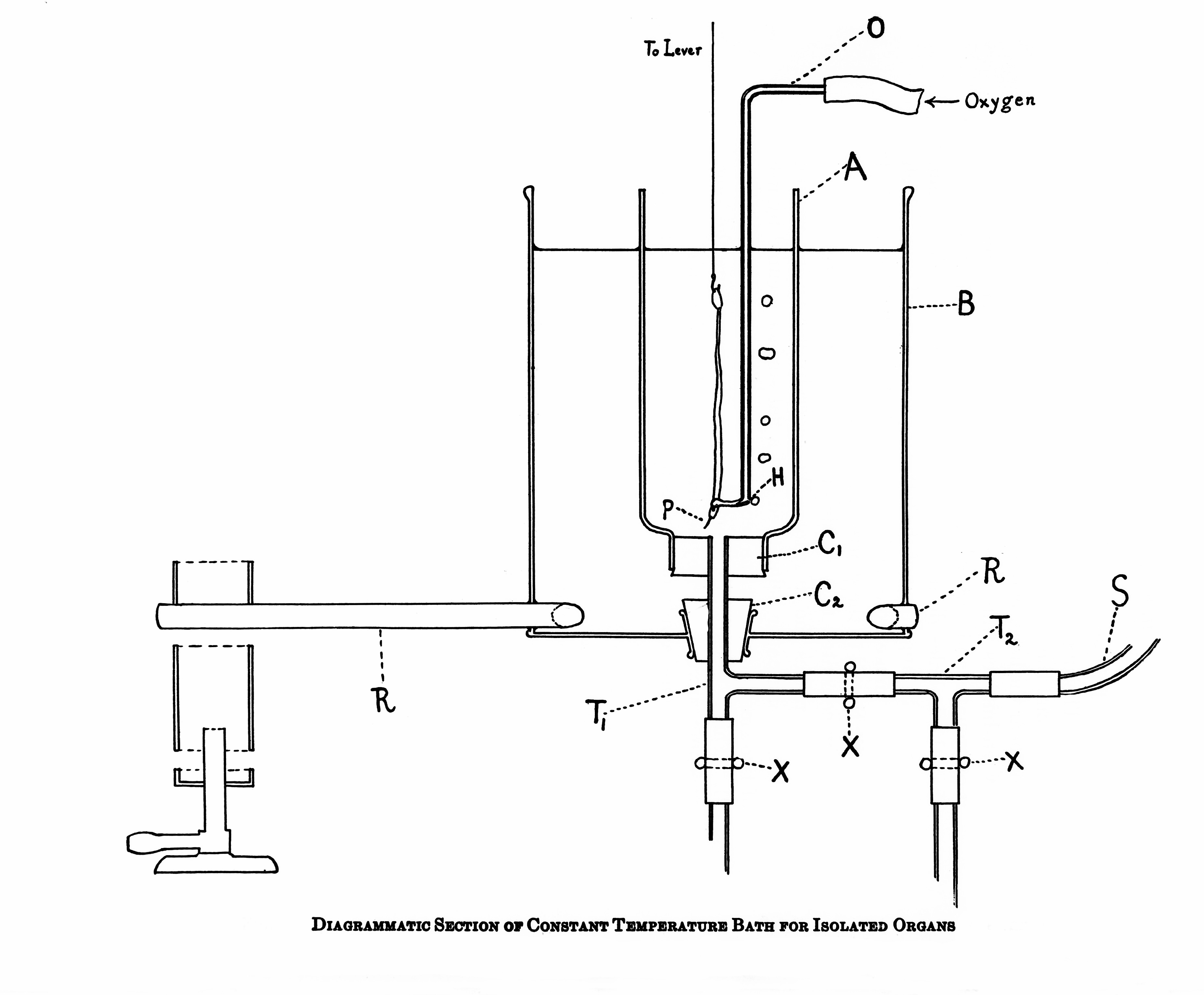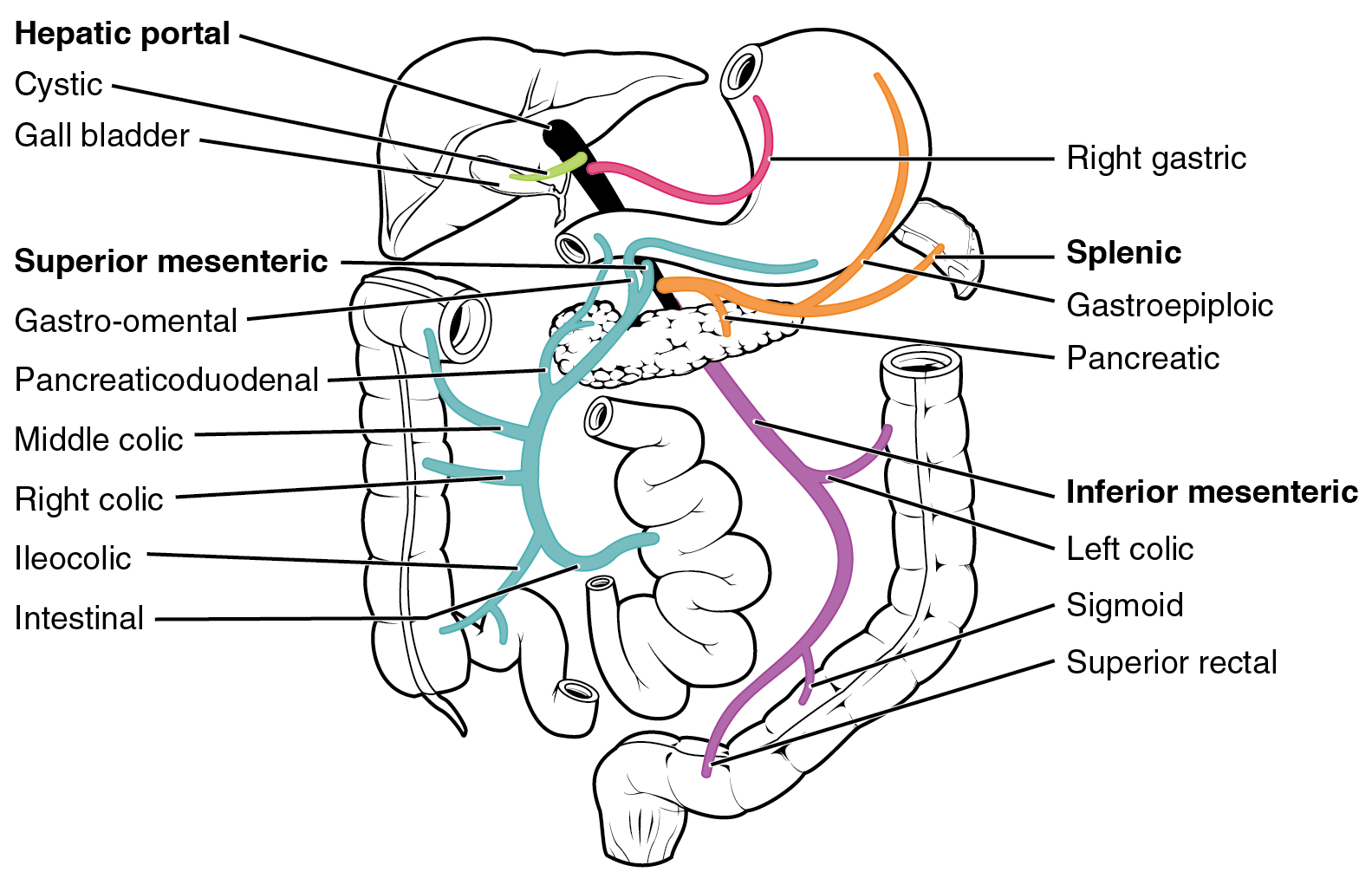|
Drug Tolerance
Drug tolerance or drug insensitivity is a pharmacological concept describing subjects' reduced reaction to a drug following its repeated use. Increasing its dosage may re-amplify the drug's effects; however, this may accelerate tolerance, further reducing the drug's effects. Drug tolerance is indicative of drug use but is not necessarily associated with drug dependence or addiction. The process of tolerance development is reversible (e.g., through a drug holiday) and can involve both physiological factors and psychological factors. One may also develop drug tolerance to side effects, in which case tolerance is a desirable characteristic. A medical intervention that has an objective to increase tolerance (e.g., allergen immunotherapy, in which one is exposed to larger and larger amounts of allergen to decrease one's allergic reactions) is called drug desensitization. The opposite concept to drug tolerance is reverse tolerance, in which case the subject's reaction or effect wil ... [...More Info...] [...Related Items...] OR: [Wikipedia] [Google] [Baidu] |
Pharmacology
Pharmacology is the science of drugs and medications, including a substance's origin, composition, pharmacokinetics, pharmacodynamics, therapeutic use, and toxicology. More specifically, it is the study of the interactions that occur between a living organism and chemicals that affect normal or abnormal biochemical function. If substances have medicinal properties, they are considered pharmaceuticals. The field encompasses drug composition and properties, functions, sources, synthesis and drug design, molecular and cellular mechanisms, organ/systems mechanisms, signal transduction/cellular communication, molecular diagnostics, interactions, chemical biology, therapy, and medical applications and antipathogenic capabilities. The two main areas of pharmacology are pharmacodynamics and pharmacokinetics. Pharmacodynamics studies the effects of a drug on biological systems, and pharmacokinetics studies the effects of biological systems on a drug. In broad terms, pharmacod ... [...More Info...] [...Related Items...] OR: [Wikipedia] [Google] [Baidu] |
Tachyphylaxis
Tachyphylaxis (Greek ταχύς, ''tachys'', "rapid", and φύλαξις, ''phylaxis'', "protection") is a medical term describing an acute, sudden decrease in response to a drug after its administration (i.e., a rapid and short-term onset of drug tolerance). It can occur after an initial dose or after a series of small doses. Increasing the dose of the drug may be able to restore the original response. Characteristics Tachyphylaxis is characterized by the rate sensitivity: the response of the system depends on the rate with which a stimulus is presented. To be specific, a high-intensity prolonged stimulus or often-repeated stimulus may bring about a diminished response also known as desensitization. Molecular interaction In biological sciences, molecular interactions are the physical bases of the operation of the system. The control of the operation, in general, involves interaction of a stimulus molecule with a receptor/enzyme subsystem by, typically, binding to the macromolecule ... [...More Info...] [...Related Items...] OR: [Wikipedia] [Google] [Baidu] |
Sensitization
Sensitization is a non-associative learning process in which repeated administration of a stimulation, stimulus results in the progressive amplification of a response. Sensitization often is characterized by an enhancement of response to a whole class of stimuli in addition to the one that is repeated. For example, repetition of a painful stimulus may make one more responsive to a loud noise. History Eric Kandel was one of the first to study the neural basis of sensitization, conducting experiments in the 1960s and 1970s on the gill withdrawal reflex of the seaslug ''Aplysia''. Kandel and his colleagues first habituated the reflex, weakening the response by repeatedly touching the animal's siphon. They then paired noxious electrical stimulus to the tail with a touch to the siphon, causing the gill withdrawal response to reappear. After this sensitization, a light touch to the siphon alone produced a strong gill withdrawal response, and this sensitization effect lasted for several ... [...More Info...] [...Related Items...] OR: [Wikipedia] [Google] [Baidu] |
Rebound Effect
The rebound effect, or rebound phenomenon, is the emergence or re-emergence of symptoms that were either absent or controlled while taking a medication, but appear when that same medication is discontinued or reduced in dosage. In the case of re-emergence, the severity of the symptoms is often worse than pretreatment levels. Definition The rebound effect, or pharmaceutical rebound phenomenon, is the emergence or re-emergence of symptoms that were either absent or controlled while taking a medication, but appear when that same medication is discontinued or reduced in dosage. In the case of re-emergence, the severity of the symptoms is often worse than pretreatment levels. Examples Sedative hypnotics Rebound insomnia is insomnia that occurs following discontinuation of sedative substances taken to relieve primary insomnia. Regular use of these substances can cause a person to become dependent on their effects in order to fall asleep. Therefore, when a person has stopped taking the ... [...More Info...] [...Related Items...] OR: [Wikipedia] [Google] [Baidu] |
Drug Dependence
Substance dependence, also known as drug dependence, is a biopsychological situation whereby an individual's functionality is dependent on the necessitated re-consumption of a psychoactive substance because of an adaptive state that has developed within the individual from psychoactive substance consumption that results in the experience of withdrawal and that necessitates the re-consumption of the drug. A ''drug addiction'', a distinct concept from substance dependence, is defined as compulsive, out-of-control drug use, despite negative consequences. An ''addictive drug'' is a drug which is both rewarding and reinforcing. ΔFosB, a gene transcription factor, is now known to be a critical component and common factor in the development of virtually all forms of behavioral and drug addictions, but not dependence. The International Classification of Diseases classifies substance dependence as a mental and behavioural disorder. In the ''Diagnostic and Statistical Manual of M ... [...More Info...] [...Related Items...] OR: [Wikipedia] [Google] [Baidu] |
Cross-tolerance
Cross-tolerance is a phenomenon that occurs when tolerance to the effects of a certain drug produces tolerance to another drug. It often happens between two drugs with similar functions or effects—for example, acting on the same cell receptor or affecting the transmission of certain neurotransmitters. Cross-tolerance has been observed with pharmaceutical drugs such as anti-anxiety agents and illicit substances, and sometimes the two of them together. Often, a person who uses one drug can be tolerant to a drug that has a completely different function.Kolb, Bryan, and Ian Whishaw. An Introduction to Brain and Behavior. New York: Worth Publishers, 2014. Print. This phenomenon allows one to become tolerant to a drug that they have never used before. Drug classifications and cross-tolerance Anxiolytics and sedatives Excitation of the GABA receptor produces an influx of negatively charged chloride ions, which hyperpolarizes the neuron and makes it less likely to give rise to an ... [...More Info...] [...Related Items...] OR: [Wikipedia] [Google] [Baidu] |
Cross-sensitization
Sensitization is a non-associative learning process in which repeated administration of a stimulus results in the progressive amplification of a response. Sensitization often is characterized by an enhancement of response to a whole class of stimuli in addition to the one that is repeated. For example, repetition of a painful stimulus may make one more responsive to a loud noise. History Eric Kandel was one of the first to study the neural basis of sensitization, conducting experiments in the 1960s and 1970s on the gill withdrawal reflex of the seaslug ''Aplysia''. Kandel and his colleagues first habituated the reflex, weakening the response by repeatedly touching the animal's siphon. They then paired noxious electrical stimulus to the tail with a touch to the siphon, causing the gill withdrawal response to reappear. After this sensitization, a light touch to the siphon alone produced a strong gill withdrawal response, and this sensitization effect lasted for several days. (Afte ... [...More Info...] [...Related Items...] OR: [Wikipedia] [Google] [Baidu] |
Addiction
Addiction is a neuropsychological disorder characterized by a persistent and intense urge to use a drug or engage in a behavior that produces natural reward, despite substantial harm and other negative consequences. Repetitive drug use can alter brain function in synapses similar to natural rewards like food or falling in love in ways that perpetuate craving and weakens self-control for people with pre-existing vulnerabilities. This phenomenon – drugs reshaping brain function – has led to an understanding of addiction as a brain disorder with a complex variety of psychosocial as well as neurobiological factors that are implicated in the development of addiction. While mice given cocaine showed the compulsive and involuntary nature of addiction, for humans this is more complex, related to behavior or personality traits. Classic signs of addiction include compulsive engagement in rewarding stimuli, ''preoccupation'' with substances or behavior, and continued use des ... [...More Info...] [...Related Items...] OR: [Wikipedia] [Google] [Baidu] |
First Pass Effect
The first pass effect (also known as first-pass metabolism or presystemic metabolism) is a phenomenon of drug metabolism at a specific location in the body which leads to a reduction in the concentration of the active drug before it reaches the site of action or systemic circulation. The effect is most associated with orally administered medications, but some drugs still undergo first-pass metabolism even when delivered via an alternate route (e.g., IV, IM, etc.). During this metabolism, drug is lost during the process of absorption which is generally related to the liver and gut wall. The liver is the major site of first pass effect; however, it can also occur in the lungs, vasculature or other metabolically active tissues in the body. Notable drugs that experience a significant first pass effect are buprenorphine, chlorpromazine, cimetidine, diazepam, ethanol (drinking alcohol), imipramine, insulin, lidocaine, midazolam, morphine, pethidine, propranolol, and tetrahydroca ... [...More Info...] [...Related Items...] OR: [Wikipedia] [Google] [Baidu] |
Ethanol
Ethanol (also called ethyl alcohol, grain alcohol, drinking alcohol, or simply alcohol) is an organic compound with the chemical formula . It is an Alcohol (chemistry), alcohol, with its formula also written as , or EtOH, where Et is the pseudoelement symbol for ethyl group, ethyl. Ethanol is a Volatility (chemistry), volatile, flammable, colorless liquid with a characteristic wine-like odor and pungent taste. As a psychoactive depressant, it is the active ingredient in alcoholic beverages, and the second most consumed drug globally behind caffeine. Ethanol is naturally produced by the fermentation process of sugars by yeasts or via petrochemical processes such as ethylene hydration. Historically it was used as a general anesthetic, and has modern medical applications as an antiseptic, disinfectant, solvent for some medications, and antidote for methanol poisoning and ethylene glycol poisoning. It is used as a chemical solvent and in the Chemical synthesis, synthesis of orga ... [...More Info...] [...Related Items...] OR: [Wikipedia] [Google] [Baidu] |
Enzyme Induction And Inhibition
Enzyme induction is a process in which a molecule (''e.g.'' a drug) induces (''i.e.'' initiates or enhances) the expression of an enzyme. Enzyme inhibition can refer to * the inhibition of the expression of the enzyme by another molecule * interference at the enzyme-level, basically with how the enzyme works. This can be competitive inhibition, uncompetitive inhibition, non-competitive inhibition or partially competitive inhibition. If the molecule induces enzymes that are responsible for its own metabolism, this is called auto-induction (or auto-inhibition if there is inhibition). These processes are particular forms of gene expression regulation. These terms are of particular interest to pharmacology, and more specifically to drug metabolism and drug interactions. They also apply to molecular biology. History In the late 1950s and early 1960s, the French molecular biologists François Jacob and Jacques Monod became the first to explain enzyme induction, in the context of ... [...More Info...] [...Related Items...] OR: [Wikipedia] [Google] [Baidu] |


